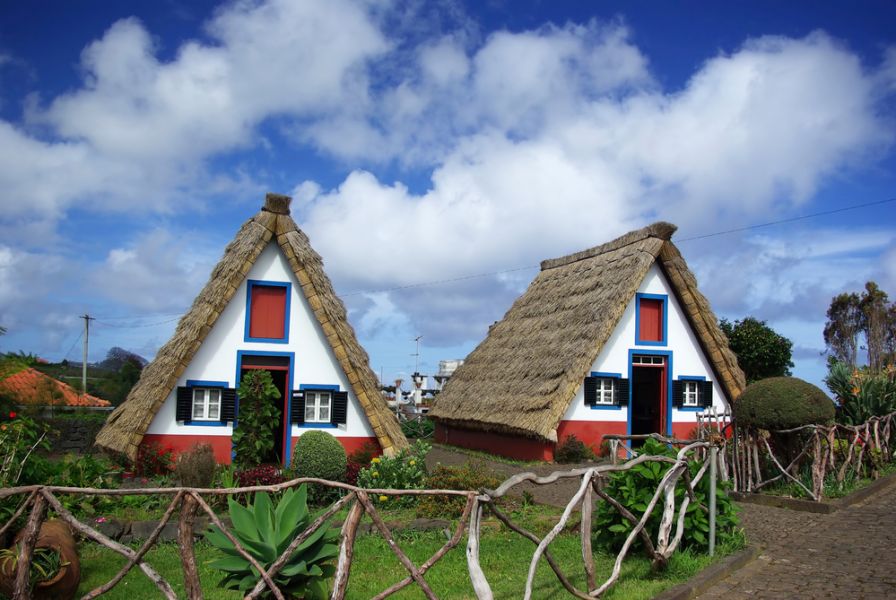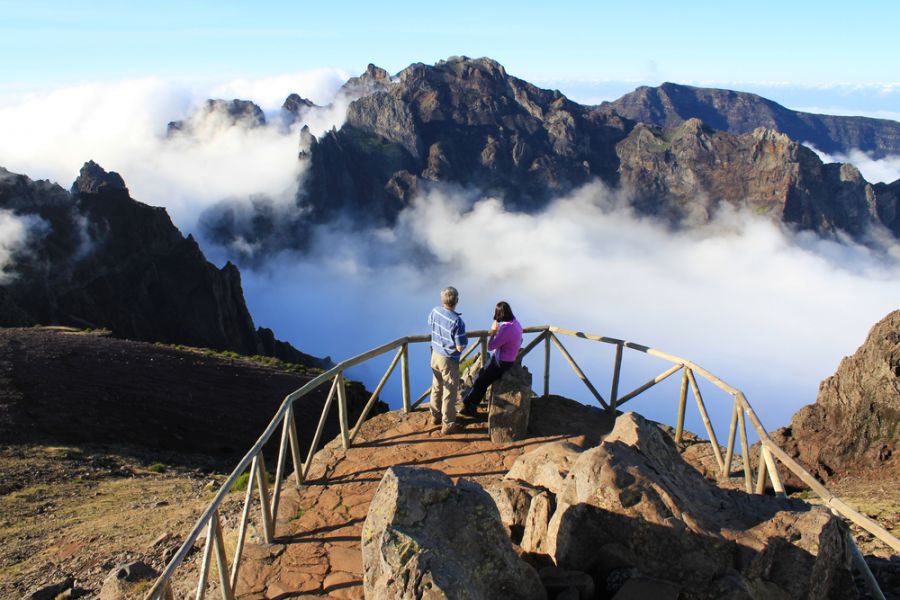Klaus - Dieter Graef, DK1AX is currently active as CT9/DK1AX from Madeira Island, IOTA AF - 014, Portugal.
He will operate on HF Bands.
Recent DX Spots CT9/DK1AX
CT9/DK1AX Log search QSL via home call.
Madeira
Madeira: the island where eternal spring reigns
Among the few islands that now belong to Portugal, there is one called the “island of spring” (and, incidentally, with good reason). We are, of course, talking about Madeira — the birthplace of the famous Madeira wine and a major tourist center that attracts many foreign visitors every year.
This island is part of the archipelago of the same name, located approximately 500 kilometers off the coast of Africa and 1,000 kilometers southwest of mainland Portugal. According to the latest statistics, Madeira currently has a permanent population of approximately 268,000 and a total area of 785 square kilometers.

Who discovered Madeira?
To this day, it is not known for certain who exactly discovered this island and when. The Portuguese, some of whose ancestors were known to be outstanding navigators in the past, believe that it was a certain João Gonçalves Zarco who did so in 1418. However, Madeira actually appeared on nautical charts as early as 1339, which means that it was discovered much earlier.
How much earlier is a question that historians have yet to resolve. Some of them suggest that Madeira was discovered in ancient times, citing the works of the famous ancient Roman historian and scholar Pliny the Elder. In addition, indirect evidence that the island's existence was known at least as early as the 2nd century AD is provided by Plutarch's records of Quintus Sertorius' campaigns.
Be that as it may, it was the Portuguese who began to develop Madeira, establishing settlements there in the 1420s. Initially, the island's population consisted of three families, who were tasked with clearing part of the forests that covered it to create agricultural land and lay irrigation canals. It should be noted that this was ultimately achieved, and the colonists not only provided themselves with food, but also supplied part of it to the metropolis.
In the middle of the 16th century, sugar cane plantations were established in Madeira, and slaves were brought from Africa to cultivate them. A little later, viticulture began to develop on the island, and in the 19th century, tourism. In July 1976, the Portuguese authorities granted Madeira autonomous status, and now the island has its own government and parliament.

Nature and climate of Madeira
Madeira is of volcanic origin and is located on the African plate. According to geologists, it was formed approximately 700,000 years ago, after which its surface was “smoothed” as a result of severe erosion. A significant part of Madeira's territory is covered with forests, which in terms of species diversity are very similar to those that covered North America and Southern Europe during the Tertiary period. The island is home to many endemic animals, among which the local tarantula spider (which can reach half a meter in size), many species of lizards, and land mollusks (slugs and snails) are particularly noteworthy.
As for Madeira's climate, it is determined by the Canary Current, the Gulf Stream, and the fact that the island is located at a considerable distance from the African continent. The air temperature throughout the year ranges from +20 °C to +26 °C, which is why Madeira is rightly called the “island of eternal spring.”

Why do tourists go to Madeira?
Tourism is currently one of the main industries in Madeira. It is noteworthy that there are practically no good beaches on the island, as its shores are rocky, but this does not affect its attractiveness among foreign visitors. Travelers go to Madeira mainly to enjoy its natural beauty and visit the famous local balneological resorts.
Tours to this Portuguese island are very popular among avid sea fishing enthusiasts. The fact is that the surrounding waters are home to a huge number of different species of fish, so almost no one returns to shore without a rich catch. Hunting for dwarf sharks and tuna is especially popular.
Madeira has several extremely picturesque and distinctive villages that are definitely worth visiting for travelers arriving on the island. One of them, for example, is Câmara de Lobos, whose inhabitants have been producing the famous Madeira wine for several centuries. The village of Corral das Freiras, located in the crater of an extinct volcano, is very popular with tourists. Here you will find the beautiful Santa Clara Monastery, founded in the 16th century.

